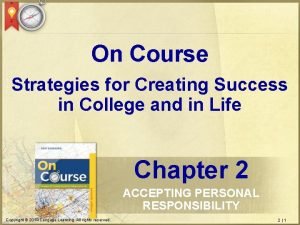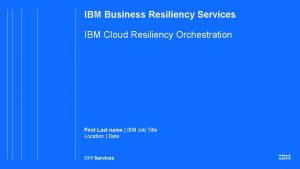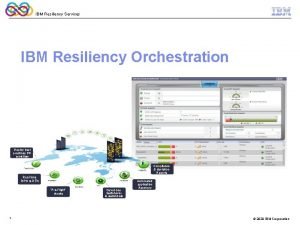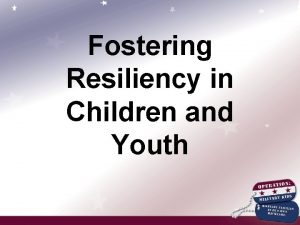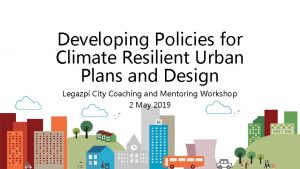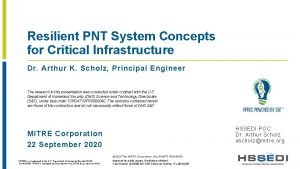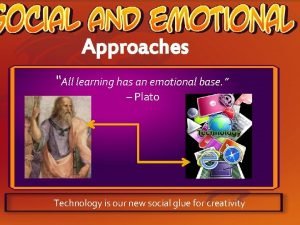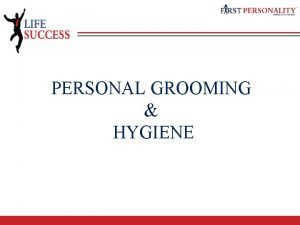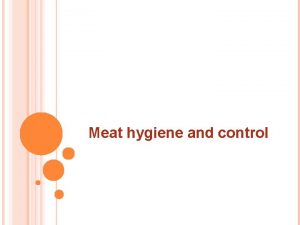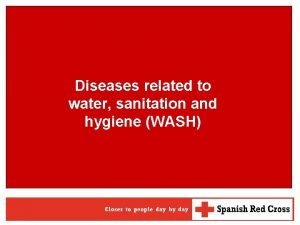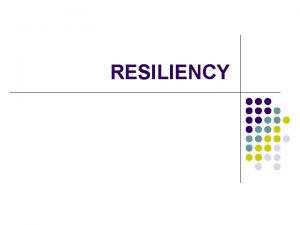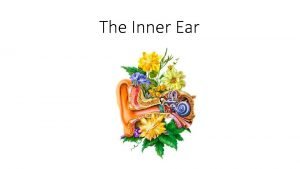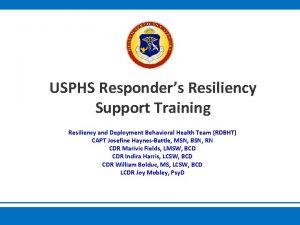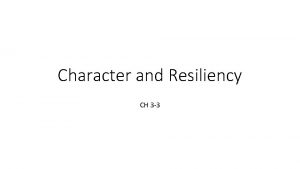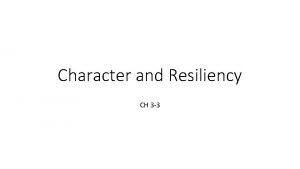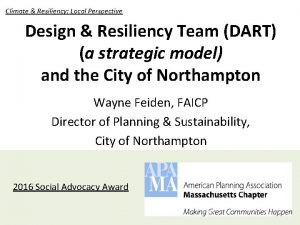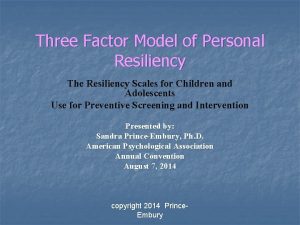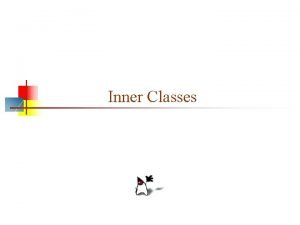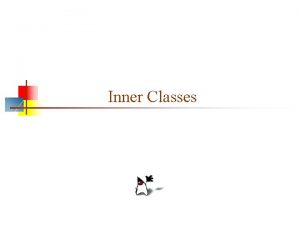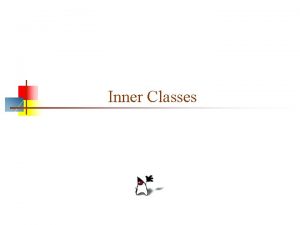Emotional Hygiene Engagement and Resiliency Inner Engineering All






















- Slides: 22

Emotional Hygiene Engagement and Resiliency

Inner Engineering • All experiences structurally and functionally change the brain! • All Behavior is Communication! • When we are stressed, we are dumber! • Self-Reflection – The more students know about themselves, the better learners they become

What drives the brain to move to the fight flight freeze response? • Behavior and Emotional Hygiene- Children and adolescent who have not formed healthy attachments and or live in chronically toxic environments have much more significant needs than needs for power, control, and attention. We all want these needs to be met. The question is, what is driving the extreme needs our students seem to have for power, control human interaction and validation? So according to Dr. Nick Long, we need to return to looking at how a child sees, perceives and behaves. The stress and problems kids create are actually an attempt to gain safety, control and comfort. This all has to do with LOSING SOMETHING! Kids fear losing safety, dignity and self-control. When children and teens act up or hurt others or themselves, it is a hyper vigilant response in the brain that has become hard-wired… this is what a habit is! Most children behave in patterns as it is rarely random, and this is why perceptual data is so important!

Our Brains and Our Responses! • Two systems! • Amygdala, PFC, Hippocampus, Triggers • Thalamic and Cortical

Adolescent Brain • 10 -25 • Diversity is staggering • Pruning in the brain ( can double in 1 year) but bad habits, preferences and patterns of behavior become hard-wired in the brain. • Levels of Serotonin decline in these years • New experiences with an element of risk, thrill uncertainty, and danger stimulate neurons that release dopamine which is enhanced in these years. ( Baseline of dopamine is lower) ( creates intense pleasurable feelings)

Adolescent Brain • Question • Social Acceptance

Jobs of Adolescent Question authority Social Acceptance Searching for an Identity What is the switch for reluctant, resistant and failing students who turn around? • Connection and learning experiences that feel personally meaningful and involve multiple ways of knowing what we learn. • •

Development of our Teens! • They don’t see a big picture? Hyperrationality! • Susceptibility for addiction • Not a stage to take lightly and get over…but this is the time to cultivate through these huge developmental changes! • Creativity • Social • Intense emotions • Risk with an eye on peers!

What are your triggers? Teaching in the Gap! • # 1 reason for increased student violence in schools today is staff counteragression ( we are biologically wired to protect, defend and pay attention to threats! • Caught in the conflict cycle • When a student is in stress, his emotions will echo in the adult!

Middle Class Values • We feel a violation of our personal and cherished values and beliefs. • Clean, neat , prompt, hard-working, honest, polite, precise, sexually reserved, emotionally controlled and happy. .

The Foundation of Behavioral Engagement • Toxic stress in our lives and in our students’ lives derails healthy development. The brain is underdeveloped at birth. The brain organizes in a use dependent way. Stressed brains resist new learning! When attachment has not occurred in the first years of life, we are sitting beside students who do not trust adults. To trust is to begin.

Strategies • Notice everything and note responses. When we begin to see patterns in responses and behaviors, the communication becomes clearer. • Teach how to set up rituals, routines and positive self-talk! What do you say to yourself when things go wrong? Thoughts become things!

Strategies • Teach students about their brains and what is happening! • Do Nows and Bell Ringers can be implemented for inspiration, engagement, and motivation and still be completely aligned to learning. Begin a story… ask the students to finish. Create a living room or kitchen scene… who would you like to have as a guest at your house tonight? • Redo class rules and guidelines/

Dual Reflections • Example: Today I found myself mimicking your anger and I was not calm or helpful! This is something I need to work on, and I realize this. Next time, I am going to try and _______________. I feel helpless sometimes because I am not sure I understand what is going on in your mind and heart. Next time, I am going to try and listen much harder, and I may not get it right, but I am going to try. Today, when I saw your reaction, I felt a little cheated. I really worked hard on this lesson and room arrangement and had everything ready for learning. What I realized after our talk is that I need to be more flexible and go with the flow. I am going to try and ____________ the next time. I may need your help!

Strategies • Hug the Lesson and Prime the Brain- Many of our students are not feeling successful and capable in school…they struggle “doing school. ” When you hug the lesson , you create infomercials all week and all day long! You introduce, consolidate, use props to create a surprise each day that is related to the topic or standard. This realia needs to be something that is directly connected to the student’s life! Use signage, podcasts, video and all of your wild imagination that conjures up out of the box practices.

Stories • Before a test, review or teaching a new topic share a personal story using student names, and all that is familiar to them with pieces of the content they are to know and memorize inside the story… I did this with my undergraduates before their midterm… here is an example!

The Three A’s • affirmation, appreciation and attention • Social Reinforcers • Prediction-drives the dopamine reward center- sealed envelopes and draped objects, T-shirts for sale • Co-teaching and Co-designing • Online career majors http: //www. ivytech. edu/academics/progra ms-a-z. html

Game On! • Game On: Levels 1 -7 • Level 1 • The student has reached the point of no return -angry, closed off, disengaged, hopeless, and feeling the desire to fight, freeze, or flee. At this level, we need space and time to drain off the negative emotion. We emphasize process, effort, and attainable goals once the negative emotion has been cleared away.

Game On • Level 2 • All learning has ceased. The student feels increasingly irritated, somewhat oppositional, and shuts down to feedback and learning. He or she is reacting from lower-brain and emotional centers and needs options to recharge and begin again: • Revisiting choices previously discussed during a neutral time • Movement, stretching, water, snack • Focused attention practice • Minutes off the task with an activity that de-escalates the stress response (such as running an errand for the teacher) • Moving to another classroom to assist another teacher or serving another student • Design instruction in an area of choice and expertise for a few minutes.

Game On • Level 3 • The students and teacher may begin to feel frustrated, irritated, and antsy. The distracted student may be willing to try another option and begin again. • Level 4 • The student is slightly engaged, a bit distracted, and the flow of learning is interrupted. It is at Levels 3 and 4 that we move in closer to the student, touching a shoulder, showing authentic interest while observing all forms of communication. Notice with words, tone, questions, and affirmation: • What could I do to help you? • What do you need? • How can we come up with a plan? • Should I check in with you in five minutes?

Game On! • Level 5 • The student is less engaged but there is still effort and collaboration. We continue to implement affirmation, noticing the effort, and sharing our observations about the high engagement. • Level 6 • The student is engaged and trying to complete tasks. • Level 7 • The student is engaged and in the flow. Teaching and learning are happening seamlessly. Social intrinsic rewards work well here, because when someone else notices what's working well, we continue doing it.

Social Reinforcers • • • Goals and Higher Levels of Attainment The social rewards can be many and varied for students who attain the higher levels of this model on an hourly, daily, or weekly basis. Depending upon the student's age, grade level, and severity of reactions during stress responses, these higher levels can offer: Designing a special project and teaching a younger class or another teacher Choice of outside speaker aligned with the student's interest, learning about a vocation or life passion Song selections for a class blog Organizing a service event Teacher completes weekend homework that directly ties in with the student's interests and passions Positive referral certificates Developing a class newspaper Leading discussion groups Bring in college or vocational students to share different majors and minors.
 Inner critic and inner defender
Inner critic and inner defender Inner critic and inner defender
Inner critic and inner defender Ibm business continuity services
Ibm business continuity services Opposite rays
Opposite rays Ibm resilient map customer journey
Ibm resilient map customer journey Resiliency orchestration
Resiliency orchestration Ibm geographically dispersed resiliency for power systems
Ibm geographically dispersed resiliency for power systems Ibm geographically dispersed resiliency for power systems
Ibm geographically dispersed resiliency for power systems Sgip equity resiliency program
Sgip equity resiliency program Texas glo gis
Texas glo gis The resiliency wheel
The resiliency wheel Nyc climate resiliency design guidelines
Nyc climate resiliency design guidelines Resilient pnt
Resilient pnt All learning has an emotional base
All learning has an emotional base Forward engineering in software engineering
Forward engineering in software engineering Sanitation and hygiene
Sanitation and hygiene Sanitation and hygiene
Sanitation and hygiene Grooming objectives
Grooming objectives 10 lines on health and hygiene
10 lines on health and hygiene Environmental science unit 1 lesson 8
Environmental science unit 1 lesson 8 Poultry hygiene and sanitation
Poultry hygiene and sanitation Objectives of meat inspection
Objectives of meat inspection Sanitation and hygiene
Sanitation and hygiene

